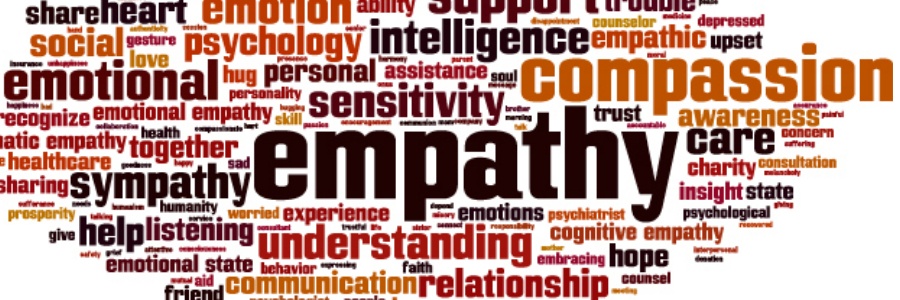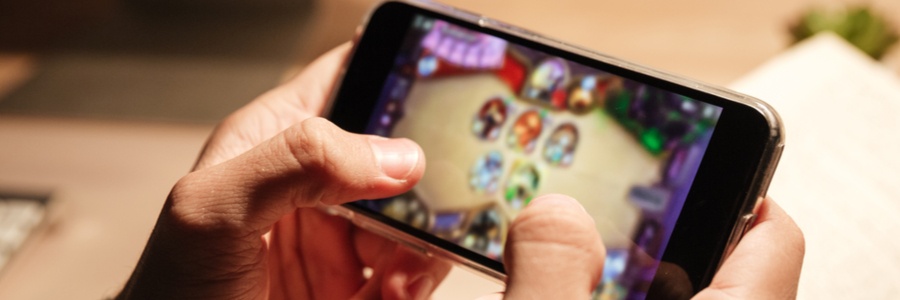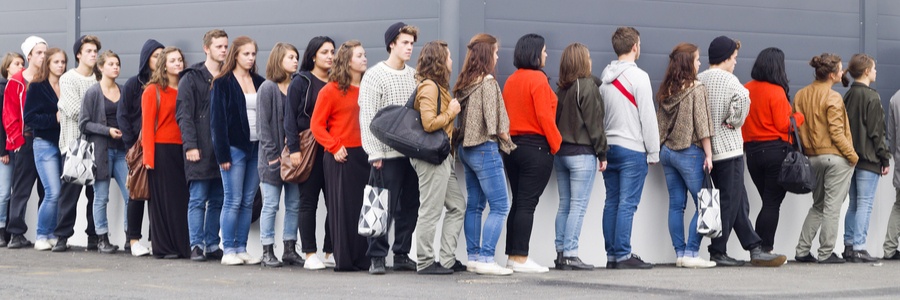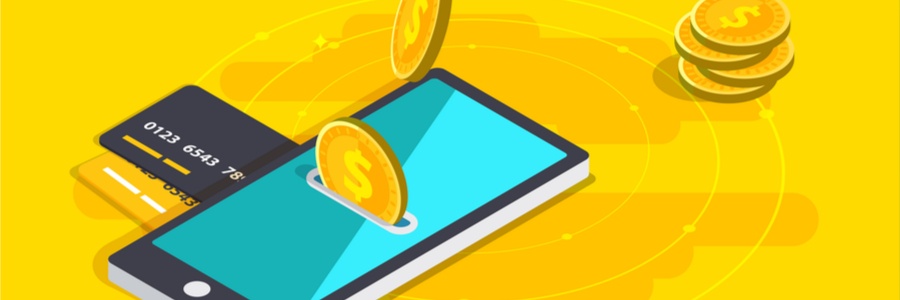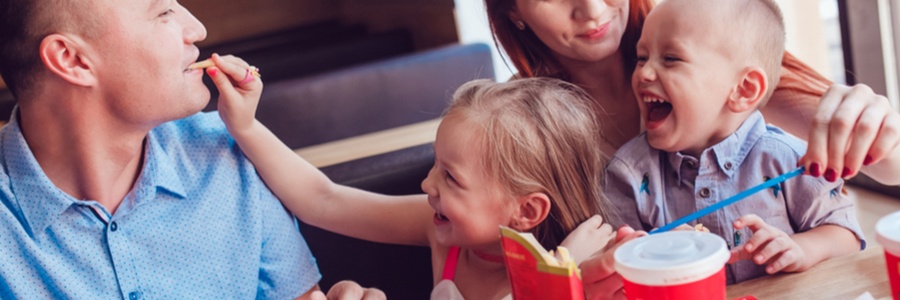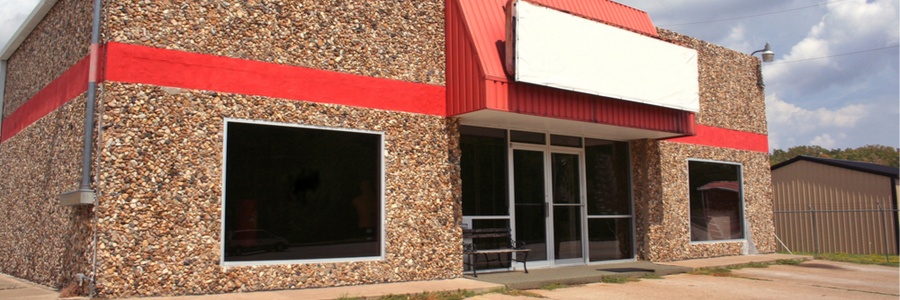
How important is it to collect fast, accurate data about customer experiences? In one history-making case, a single bad customer experience may have destroyed an industry.
According to Netflix’s origin myth, company founder Reed Hastings first conceived the idea of a mail-order subscription video service after being slammed with a large late fee because he was tardy in returning a videocassette of the movie, “Apollo 13” to the store he’d rented it from.
You can read this Quartz.com report about how Netflix came to be. While it’s possible that the late-fee incident has been embellished somewhat in its frequent retelling, there’s no question that Hastings wasn’t satisfied with his own video rental experiences and took them as a cue for groundbreaking entrepreneurship. The result has had immense consequences for the distribution and consumption (and more recently, the creation) of video entertainment.
According to estimates from the Digital Entertainment Group, brick-and-mortar video rental stores grossed $393 million in 2017, compared to $11.5 billion for streaming services and video on demand. Meanwhile, the number of video stores fell from nearly 30,000 in 2000 to just over 2,000 in 2017, according to a USA Today feature on America’s fastest-dying industries.
While industries typically can’t trace their collapse to a single failure to provide a satisfying customer experience, poor encounters with brands and retailers inevitably erode their earnings and chase consumers to their competitors. Negative sentiment takes wing in an instant on the internet, and if those perceptions take hold they will threaten revenues and profits.
So staying continually on top of what consumers think and feel about a brand should be a day-by-day priority, verging on an obsession, for market research. Now, thanks to GPS location studies conducted through a mobile research app, it’s an obsession that’s easy to satisfy.
The best time to assess the quality of consumers’ shopping experiences is while the experiences are actually happening, or just after. In-store and after-visit mobile geolocation studies get that job done. Store atmosphere, service quality, pricing, the ease or difficulty shoppers have in navigating the aisles to find the products they want – all can be best assessed at the Point-of-Emotion®. It’s the spot on the place/time continuum where responses from consumers are most vivid and come closest to the whole truth about what they are experiencing, how they feel about it, and how those experiences influence their buying decisions and overall satisfaction.
Of course, GPS location studies will only be as good as who you’re locating and how engaged they are with your research. Unless you want heaps of well-documented trouble associated with the quality of online consumer surveys, the crucial “who” has to be a first-party, single-source consumer panel of validated actual shoppers. MFour’s consumers are gathered around Surveys On The Go®, the most highly-developed, highest-rated mobile research app.
The satisfaction of 2.5 million U.S. consumers who have downloaded SOTG is the big difference maker. They’re engaged, carefully profiled mobile research participants who doubly opt in to have their location journeys tracked, in exchange for increased opportunities to receive surveys they complete quickly on their smartphones. That’s how you’ll identify them in-store and survey them when it matters most.
Expect 25% response rates within an hour, and 50% within 24 hours. And if you want to follow them beyond the moments of shopping and purchasing, and understand their satisfaction at the moment they’re actually using or consuming a product, that’s also an easy “get” for in-app mobile. Expect response rates of 85% for In-Home User Tests conducted up to two weeks after a purchase.
Reed Hastings realized he could transform the movie-rental experience (and the future of rental revenues) by using technology to make it easy on the consumer. You can do the same for yourself. Market research conducted with the state-of-the-art GPS location and consumer-panel quality unique to in-app mobile research will be more satisfying to you as a consumer of market research tools. If the online consumer data you’ve been collecting isn’t giving you what you need, maybe it’s time for some innovative thinking and action of your own.

